| Etymology | Genus | Greek for plum, because of the fruits |
|---|---|---|
| Species | Sweet or tender; in reference to the fruit | |
| Family | Anacardiaceae | |
| Synonyms | Poupartia dulcis (Parkinson) Blume, Evia dulcis (Parkinson) Kosterm. | |
| Common Names | Balonglong, Kedondong | |
| Status | Exotic: Cultivated Only | |
| Form | Tree | |
| Native Distribution | Tropical Asia | |
Diagnostics:
Spondias dulcis is a small tree (though reportedly up to 18m in the wild) often cultivated by residents as food. Its leaves are imparipinnate, and the blades of the leaflets are slightly serrated. The green fruit is oval and usually with a slight bean-shaped curve. It ripen to yellow-gold after detaching from the tree.
Interesting Facts:
The leaves and fruits of the Balonglong are edible. The fruit can be eaten raw, used as "jam, jellies, or juices" (Verheij, 1991), or as an ingredient in some variants of Rojak in Malaysia and Indonesia.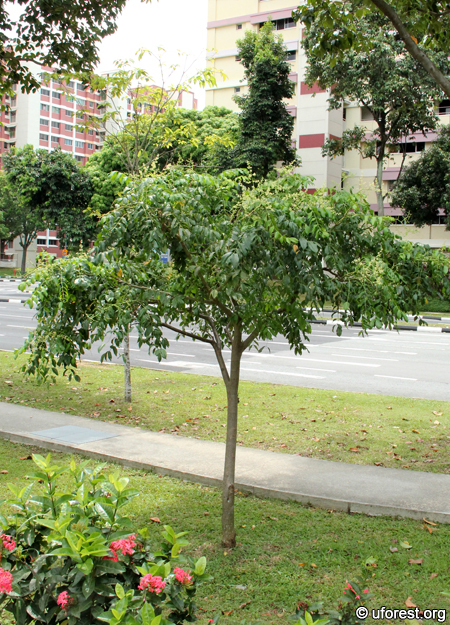
A young tree in Hougang.
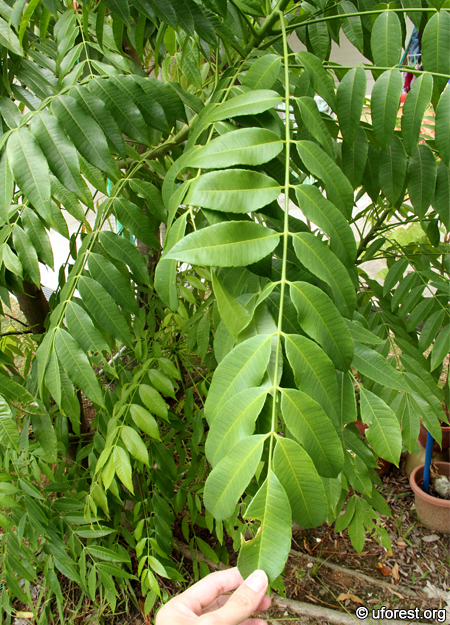
Compound leaf.
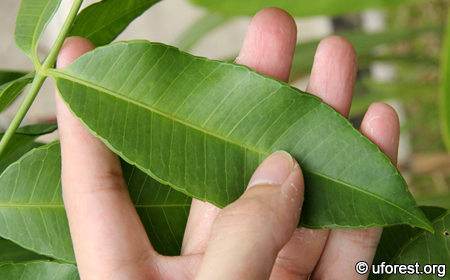
Leaf blade.
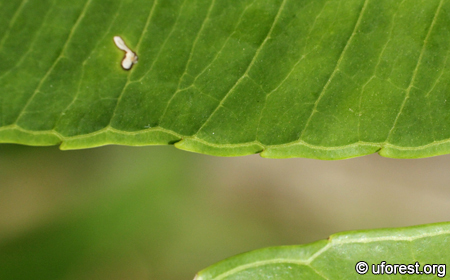
Leaf edge close-up, showing the serration.

Inflorescence.

Flower close-up.
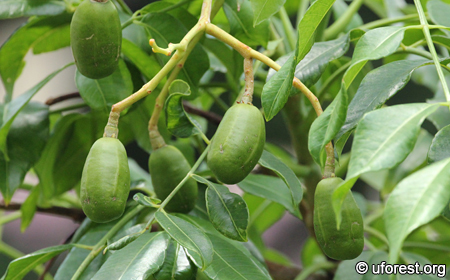
Unripe fruits.
References
Verheij EWM. (1991) Spondias cytherea Sonnerat. In: Verheij, E.W.M. and Coronel, R.E. (Editors). Plant Resources of South-East Asia No. 2: Edible fruits and nuts. Pudoc, Wageningen, The Netherlands, pp 287-288.Author: Siyang
Posted: 2015-05-01 / Modified: 2017-12-25